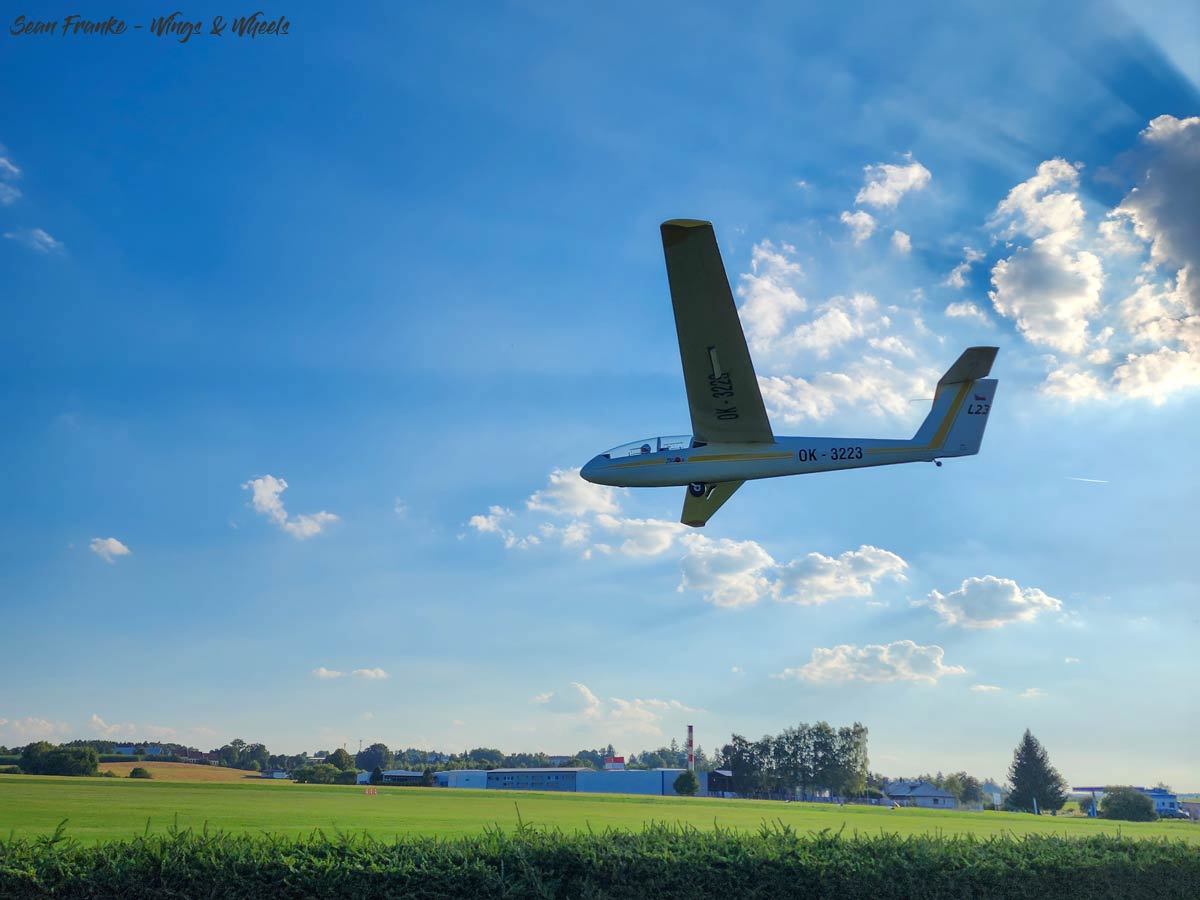Flying Before the Tow

I’m writing to you from Uvalde, TX. What a wonderful country you all have, so far we’ve experienced lovely hospitality and conditions, plus of course much much more! One of the key factors to our success so far has been that we’ve had the right start strategy, though on one day I have to admit that we got it wrong, after starting right! In this article, I hope to talk about optimising your starts. This is important for both local XC practice, competitions, and record-setting if you’re that way inclined.
Task pre-flight planning
First things first, we can only optimise our starts by first knowing what the weather and task are for the day. Each day I have been putting in at least 30 minutes of pre-flight planning. I start by analysing the task sheet for the general task parameters, considering where in general the start line is and how long it’ll take me to get there. I then enter my task into the Oudie N or SeeYou Navigator, this is so I can use its google earth satellite view to analyse the terrain in general, airports on route, and most importantly, to see what ground features I can identify to immediately show what the initial track out may be. ie, There is a main highway running 5km West of the first leg, but running parallel.
Weather pre-flight planning
Once you have this information, you can then shift your focus to the weather. SkySight.io has a terrific feature that allows you to do a route forecast to figure out what the optimum start window may be. HOT TIP: The XC Speed is based on starting and finishing at cloud base, so you can expect to add a few kilometres per hour to its suggested speed for the final glide element that isn’t calculated. If it gives a gentle speed decline after the optimum, I have a much larger tolerance than if it shows a sharp decline in speed at a certain time. This usually gets my attention, and I look for reasons to start early or late. This happened recently at UvaldeGlide, once airborne I immediately noticed the towering CU in the South, this instantly confirmed my thoughts of starting early, which eventually gave us the day win.
In the air
Once airborne, I like to get to the start line as soon as possible. I like to go over the extremities of the line & look for a ground feature to mark its position. This way when I’m looking at the conditions reference to the start line, I can immediately identify if a cloud is in the optimum spot or not. Once I have this mapped out, I have a look down track, to find the ground features I have planned for on the ground. Again, the reason for this is so that I can start to line up a potential energy line down the first leg. Sometimes you can see a street that is lining up, but not quite in position until the wind drifts it into play, when it does though, you would’ve got yourself into the starting position and ready to pounce on the opportunity!
When starting on an AAT, remember that the distance is taken from the start point, not from where you actually start from. Here is an opportunity to fly more distance on paper, but fly less in the sky, thence improving your XC speed for free – have a think about it!
Happy Starting!
Adam Woolley
Banner photo by Sean Franke




